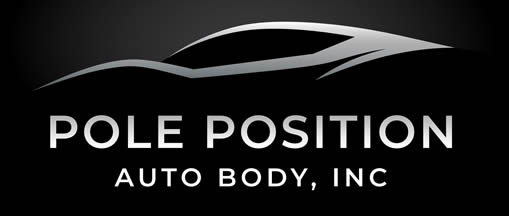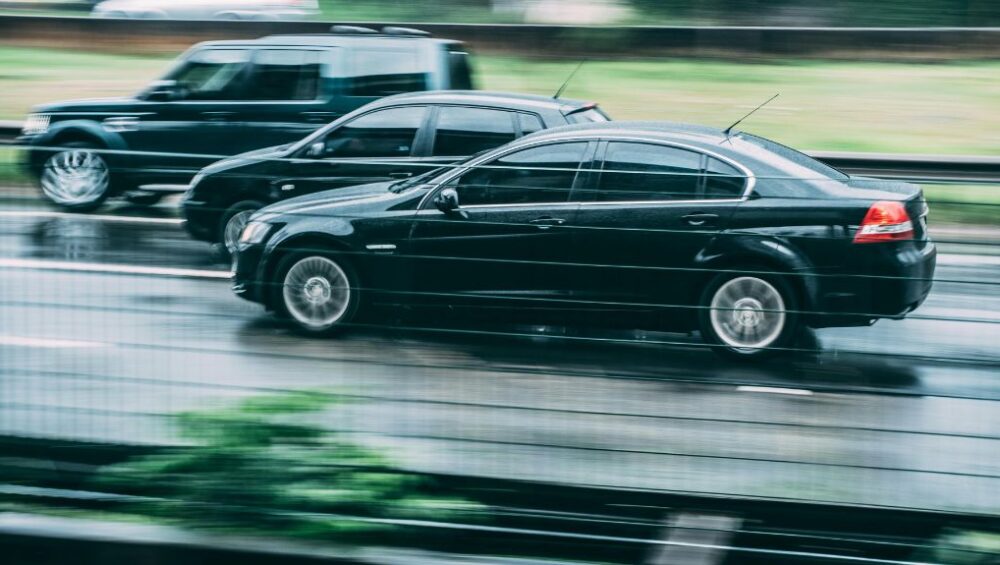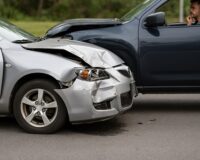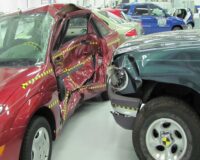Driving requires quick decisions to navigate safely through various situations. While speeding often increases risk, there are scenarios where accelerating can help prevent collisions. This article explores different types of collisions, identifies situations where speeding up may be beneficial, and provides essential safety tips for drivers.
Understanding Different Types of Collisions
When speeding up can be helpful, it’s essential to understand the types of collisions that can occur on the road.
Rear-End Collisions
Rear-end collisions occur when one vehicle hits the back of another, often due to sudden stops or slow traffic. In these situations, speeding up may not be advisable, as it can worsen the outcome if a driver follows too closely.
Side-Impact Collisions (T-Bone)
Side-impact collisions, or T-bone accidents, happen when one vehicle strikes another on its side. These accidents are particularly dangerous. Speeding up may help in this scenario; if you’re approaching an intersection and notice another driver not yielding, accelerating could allow you to clear the intersection before a potential collision occurs.
Head-On Collisions
Head-on collisions occur when two vehicles collide frontally. These are among the deadliest accidents, often resulting in serious injuries. While slowing down or steering away is generally recommended, accelerating might sometimes help avoid a collision if you’re already in a lane where an oncoming vehicle is about to enter.
Situations Where Speeding Up Can Prevent a Collision
Merging onto Highways
Merging onto highways requires matching the speed of vehicles in the right lane. In this case, speeding up is often necessary to reduce the risk of side-swiping or being cut off. Ensuring a smooth transition onto the highway minimizes the chances of an accident.
Avoiding Side-Swipes
When another vehicle is attempting to pass, maintaining your speed can help. If you notice a car misjudging the distance, speeding up may allow them to complete their maneuver safely without a collision. This decision requires excellent judgment and awareness of your surroundings.
Tailgating Situations
If you’re being tailgated, accelerating can create space between you and the aggressive driver behind you, potentially preventing a rear-end collision. However, it’s crucial to ensure that you accelerate safely and within legal limits.
How to Determine When Speeding Up Is Safer
Reading the Traffic Situation
Developing the ability to read traffic conditions accurately is essential. Assessing factors like traffic flow, road conditions, and other drivers’ behavior will help you decide when speeding up is appropriate. If you’re approaching a merge and see that traffic is moving quickly, accelerating is usually the best option.
Balancing Speed and Control
While speeding up can be beneficial, maintaining control of your vehicle is paramount. Speeding should never come at the expense of your ability to steer or brake. Always adhere to speed limits and adjust your speed according to road conditions, especially on wet or icy roads.
Common Misconceptions About Speeding Up to Avoid Collisions
“Speeding Always Increases Risk”
While excessive speed can lead to severe accidents, there are situations where a slight increase in speed can actually help avoid a collision. Understanding when controlled acceleration is safe is vital for responsible driving.
“Braking Is Always the Best Option”
Drivers often instinctively hit the brakes when sensing danger. However, braking suddenly in heavy traffic can lead to chain reactions of collisions. In such cases, accelerating to create distance may be a more effective strategy.
“Speeding Up Means Breaking Traffic Laws”
It’s essential to differentiate responsible acceleration from reckless speeding. You should only speed up when it’s safe and legal, understanding the nuances of when to accelerate.
Safety Tips for Drivers
Practicing Situational Awareness
Situational awareness is crucial for all drivers. Continuously scanning your environment helps you identify potential hazards early, giving you more time to react. Being aware of your surroundings will aid your decision-making regarding when to accelerate.
How to Safely Accelerate
When you decide to speed up, do so smoothly and gradually. Avoid sudden bursts of speed that could lead to loss of control. Ensure your vehicle is in good condition, with functioning brakes and tires, to maintain safety while accelerating.
Knowing When Not to Speed Up
There are situations where accelerating could worsen circumstances. In adverse weather conditions or heavy traffic, slowing down is often a better choice for safety.
Conclusion
Speeding up can be a strategic move in certain driving situations to prevent collisions, such as merging onto highways or avoiding side-swiping incidents. However, careful judgment is required, and maintaining control should always be your priority. Defensive driving techniques and staying alert will ultimately keep you safe on the road.
If you ever find yourself in an accident, we understand how stressful it can be. At Pole Position Autobody, we’re dedicated to helping you get back on the road safely. Our expert technicians focus on providing top-quality collision repairs, ensuring your vehicle is restored to its best condition. Whether it’s a minor fender bender or a more serious accident, you can count on us for exceptional craftsmanship and customer care.
If you need assistance after a collision, feel free to reach out to us at Pole Position Autobody. We’ll make sure your car looks and drives like new again.





